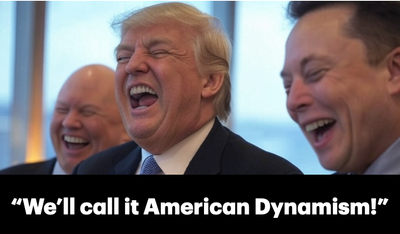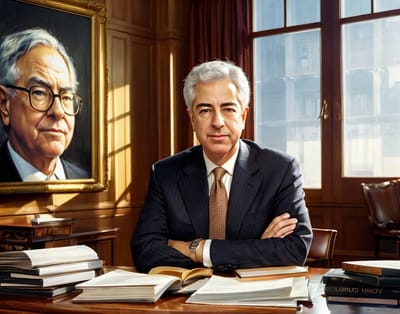Evergreen Funds and the Remaking of the Venture Capital Asset
The future of venture funds is Evergreen. Coupled with the venture studio business model, a new paradigm awaits

This post is for subscribers only
Subscribe to continue reading






